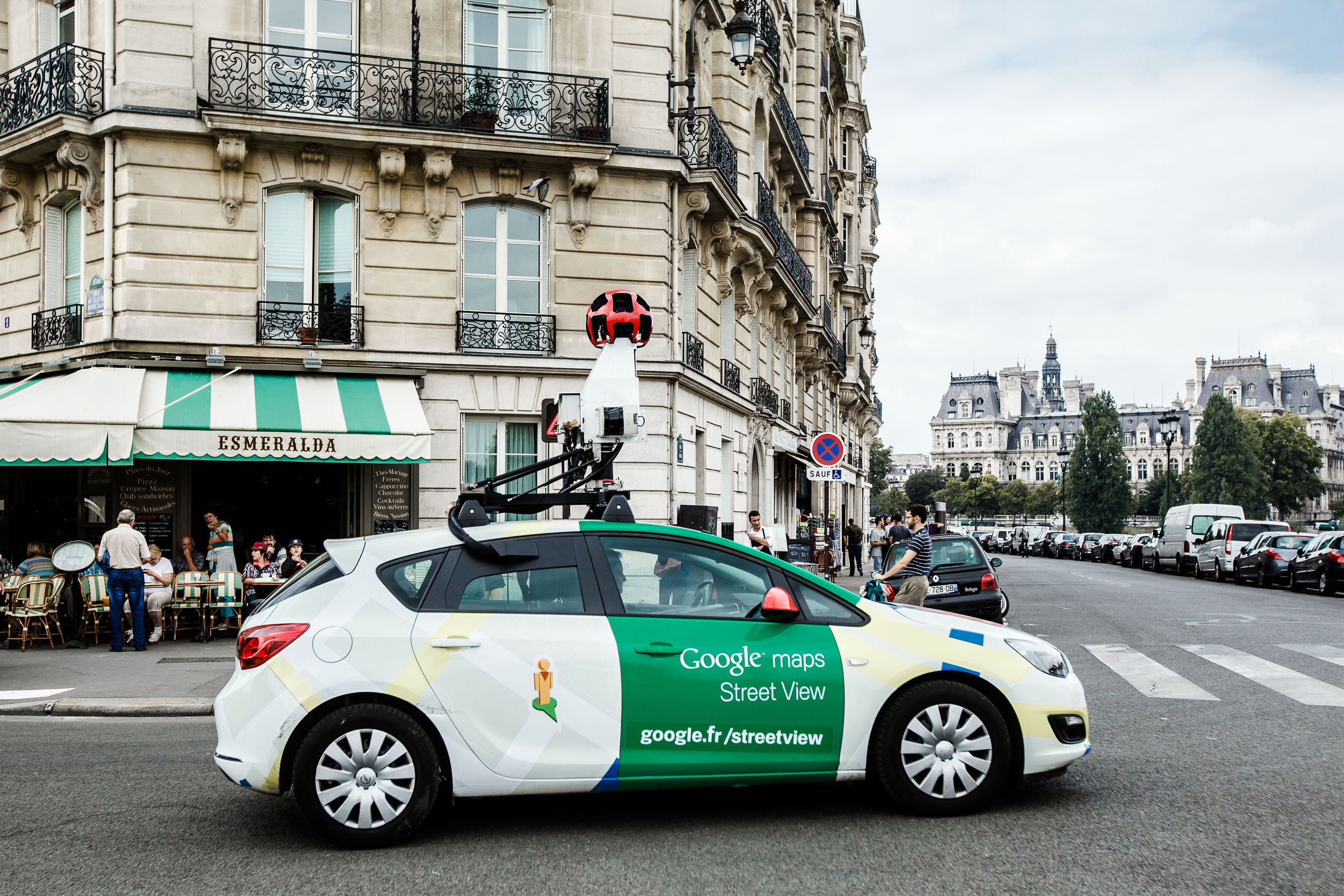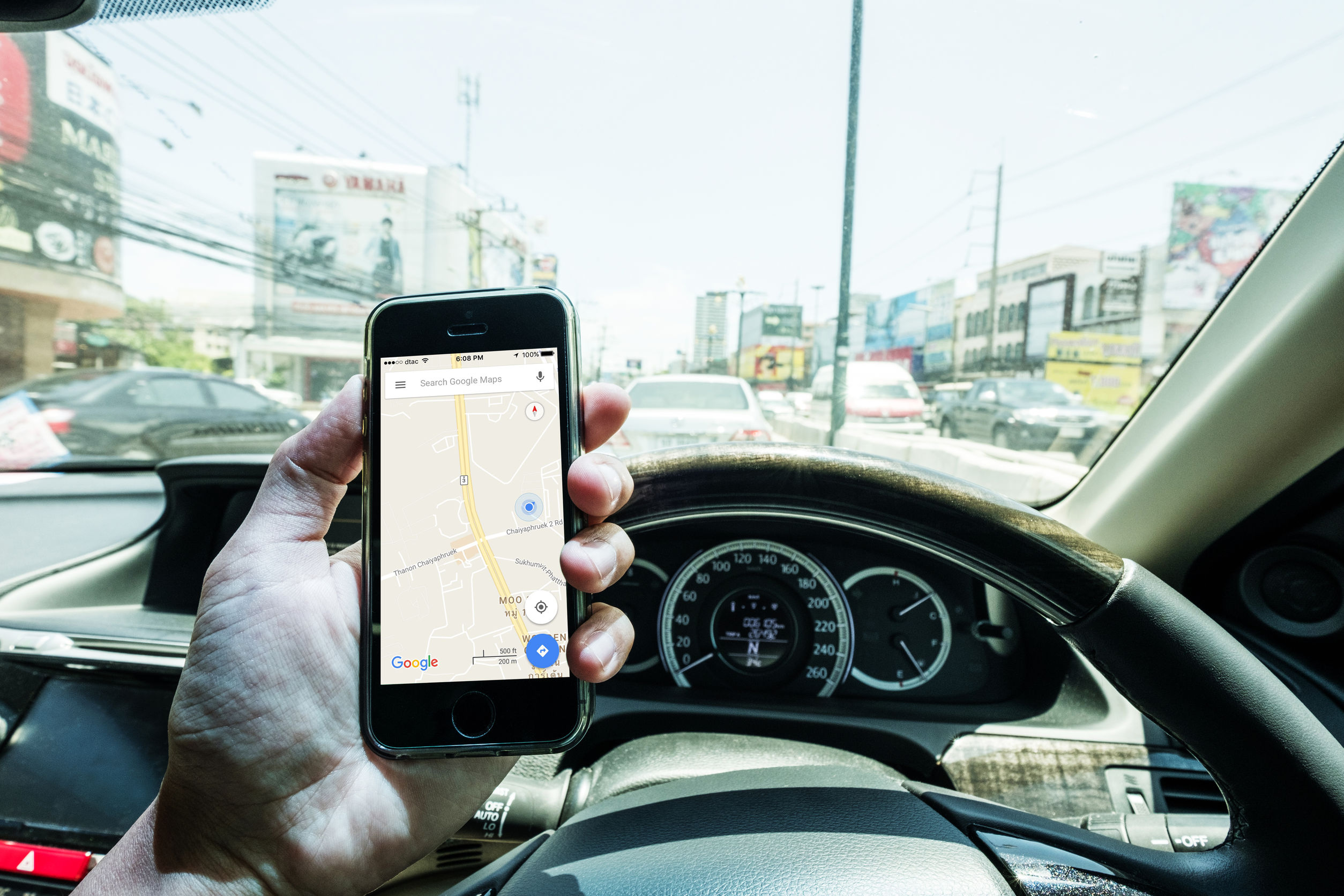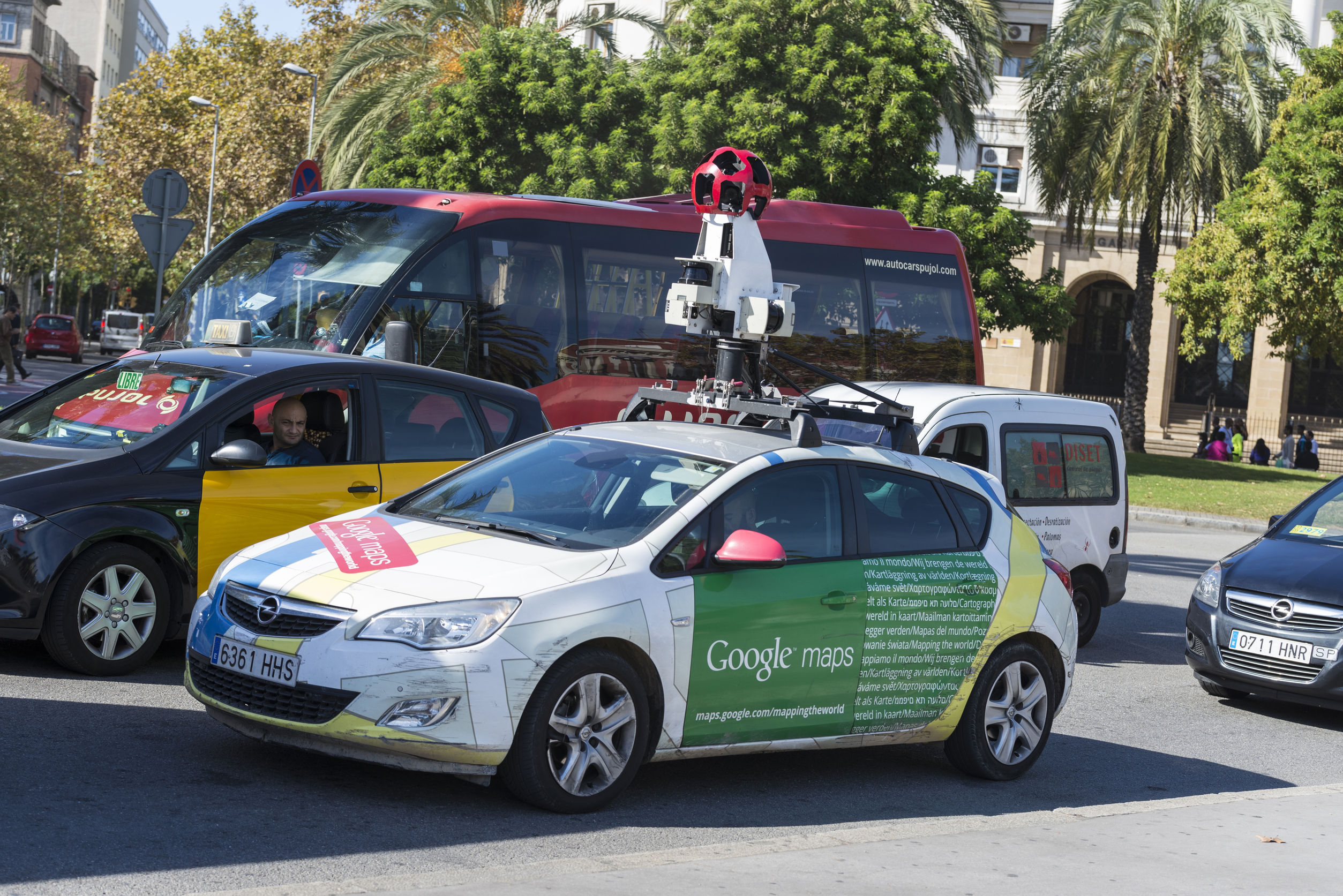Is Google’s Self-Driving Car Really Going To Happen?
Google has been teasing the public for years with videos and news tidbits about its SDC Project – more commonly known as the company’s self-driving car.

It’s been well over six years, though, since Google started working on the project. And even though its vehicles have been road-tested since 2009 and are regularly seen on the streets of Mountain View and Austin (not only the original Lexus SUVs, but also two-seater prototypes without steering wheels or pedals), company founder Sergey Brin’s original announcement that the cars would be available in 2017 has since been modified. Google’s latest projection on a possible release date is now 2020.
That leads some to ask: is this really going to happen in our lifetimes?
Auto industry experts say that partially automated cars may be inevitable in the next five years, with manufacturers including General Motors, Volkswagen, Mercedes and Tesla testing various permutations of the vehicles. But even those cars are running into – literally, in many cases – more problems than might have been hoped.
Here are two of the huge obstacles in the road that Google and others trying to launch self-driving cars still have to navigate.
Technology
It’s been reported that Google self-driving cars have been involved in 16 different accidents since testing began, with one of those crashes injuring three company employees. Google insists that all of the accidents either happened while their autos were being manually driven or were caused by the "other driver," and points out that the cars had driven a total of more than two million miles, making the number of crashes relatively small.

However, it’s important to note that Google’s cars have not yet been tested in rain or snow, and that all of Google’s tests with the "no steering wheel, no pedals" prototypes have been limited to speeds of 25 miles per hour or less. Even more importantly, the autos can only "see" moving objects; they don’t recognize anything that’s stationary – like a red light or a stop sign – unless it’s illustrated on the pre-made map that the car uses to navigate. And speaking of maps, this is perhaps scariest of all: Google’s self-driving cars know where to go solely by using Google Maps. If you’ve ever tried that for yourself, you know what kind of problems that might cause.
Even if the autos are partially automated, there are still troubling issues related to the "hand-off" when a human assumes control of the car from the computer. Tests conducted by the National Highway Traffic Safety Administration (NHTSA) found that it can take drivers an average of 17 seconds to fully take the wheel – and if the car was traveling on a highway at 60 miles an hour, that means it would be "uncontrolled" for more than a quarter of a mile.
Regulation
Right now, self-driving cars aren’t illegal in most states – but they’re not specifically legal, either. That’s because regulation has been left to the individual states, and those which have addressed the issue (only four of them, plus the District of Columbia) have taken very different approaches. For example, they’re OK in Nevada with a special registration and license (thanks to some heavy lobbying by Google before a big auto show was held there), Florida has a law which basically says that it doesn’t have a law on the subject, and California has banned self-driving cars for end users, only allowing testing and requiring that all cars have steering wheels and pedals to allow a human to take “immediate physical control” if required.

The NHTSA has taken the approach you’d expect from a federal agency, saying only that it’s studying the issue to decide whether it should regulate automated cars. That was more than two years ago, and nothing has been heard since.
So will we really be seeing Google’s self-driving car by 2020? The company insists we will. But a pioneer in the field, Raj Rajkumar, thinks that we’re much more likely to see only limited, partial automation in that time frame – and that humans will be in charge behind the wheel for much longer than that.



